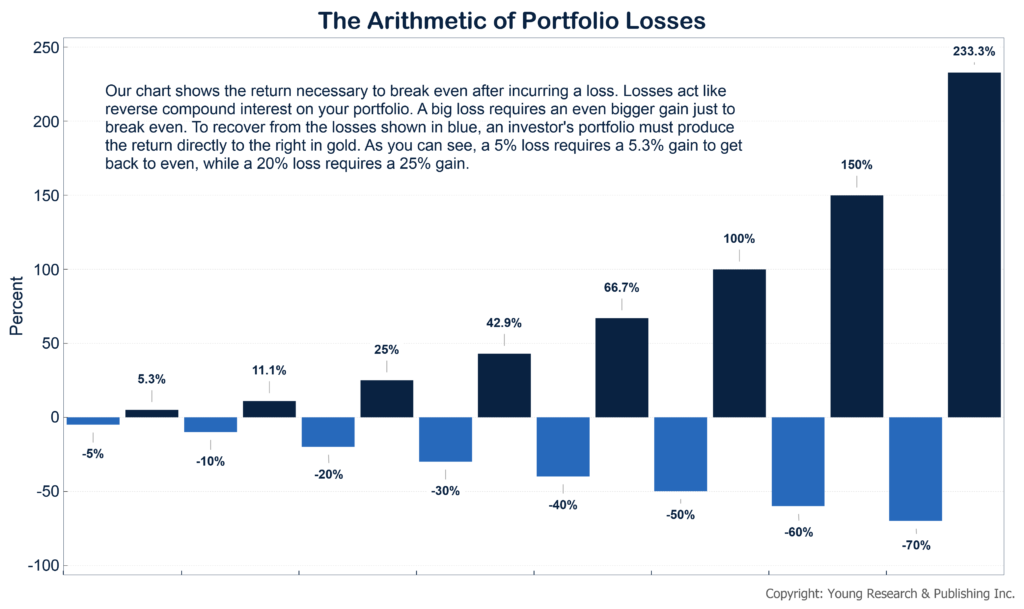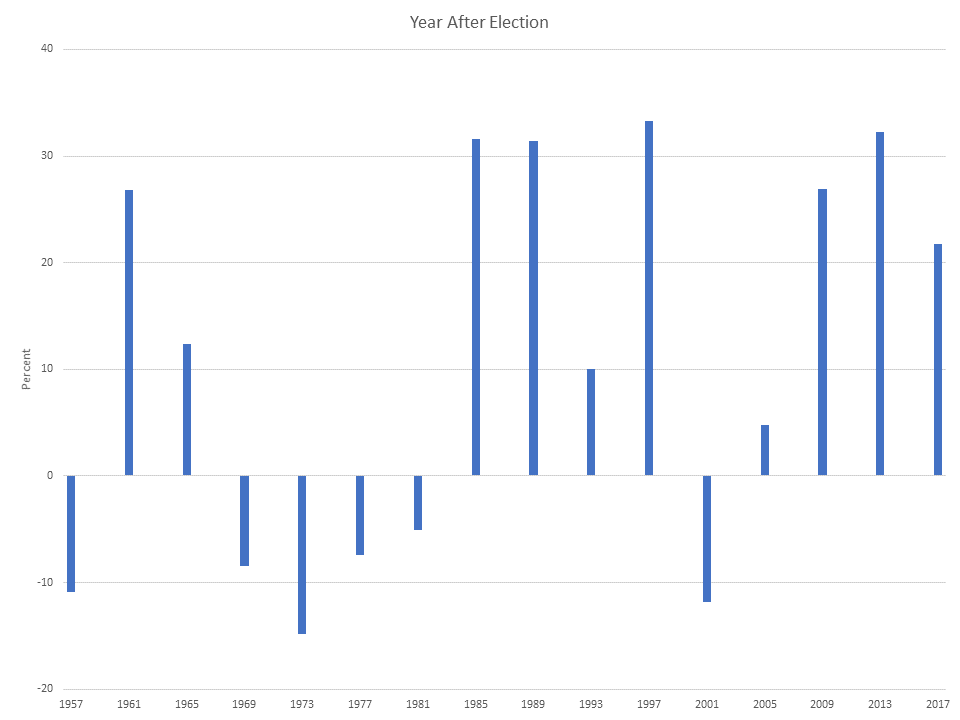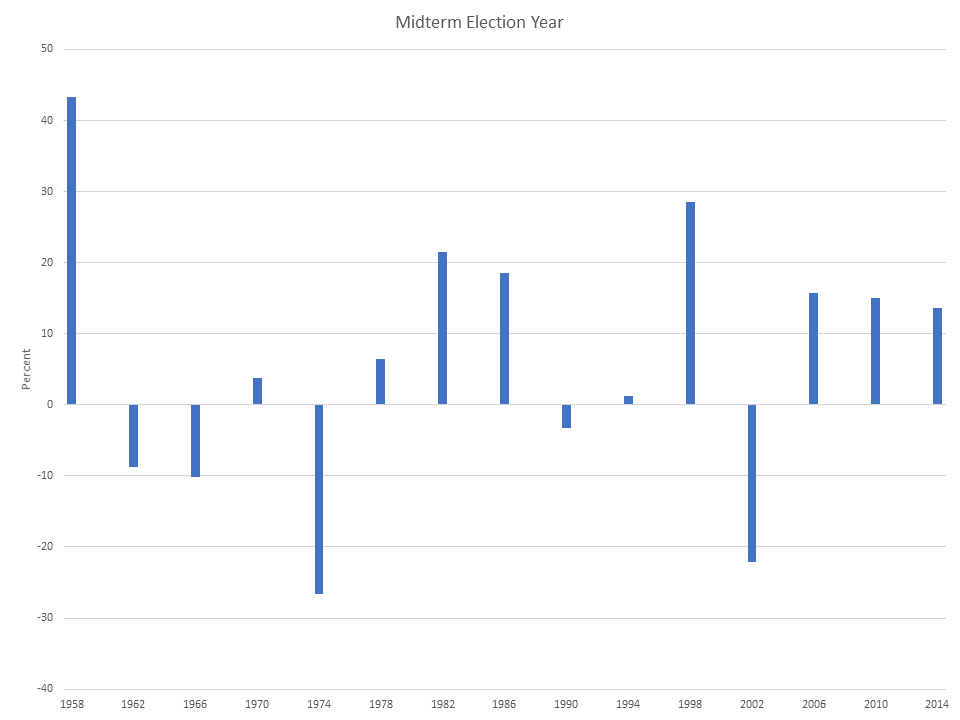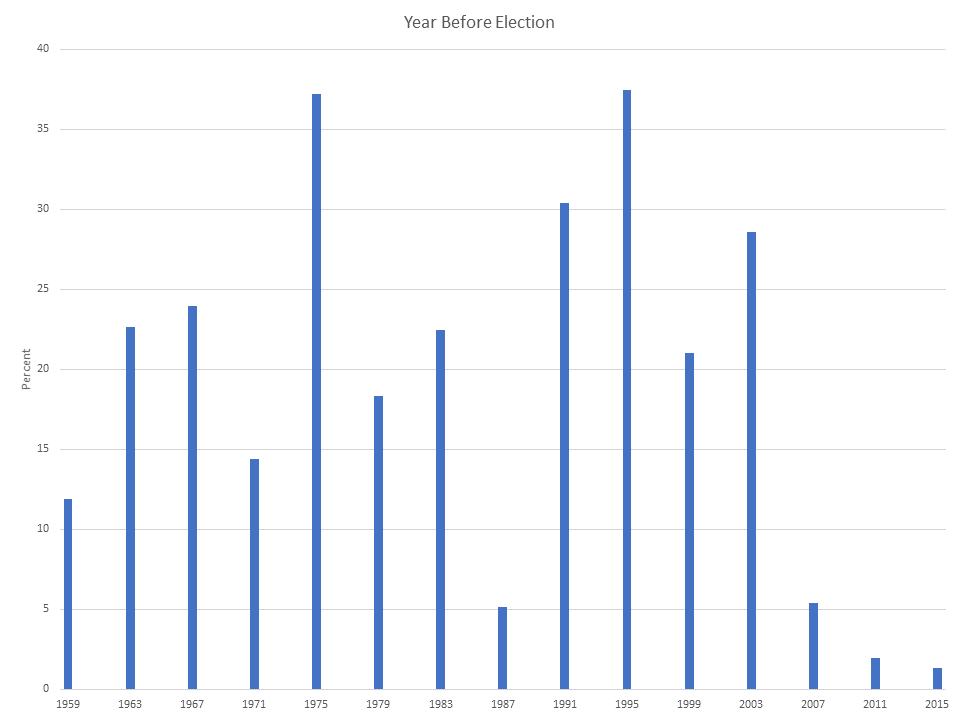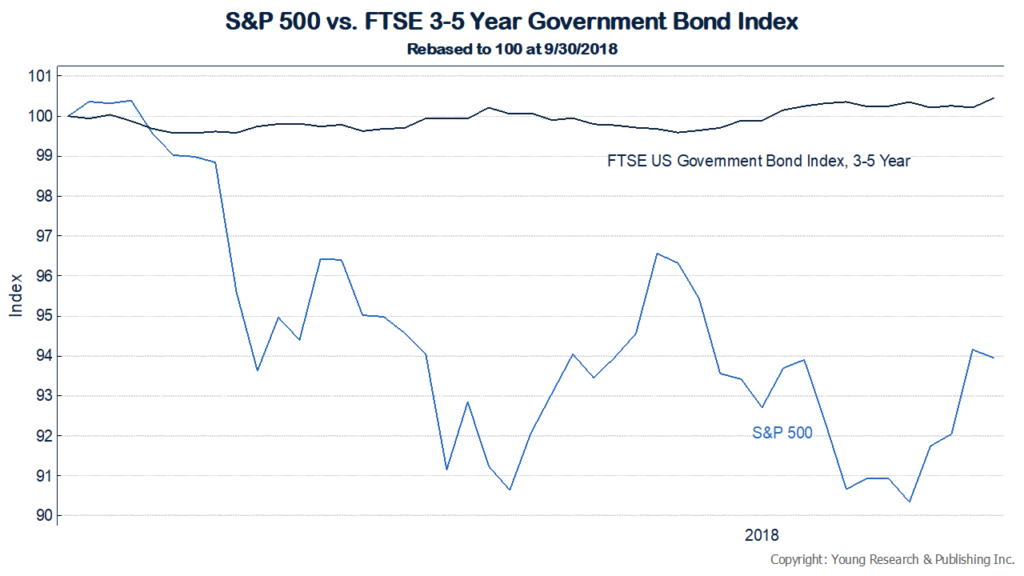The new year is here, and America’s stock markets are weathering some turmoil after ending 2018 mired in volatility. There are some concerns about the future earnings potential of companies currently making up big parts of the major stock indexes. Apple’s current trouble is just the most recent example.
Back in September of 2012, I reminded readers of one simple fact that can help them through hard times in the markets. I wrote “In the majority of cases, the price of common stocks has been influenced more markedly by the dividend rate than by the reported earnings.” I continued:
Dividends Then and Now Are the Answer
While at Babson College, I studied Ben Graham’s Security Analysis. I still return to it regularly. In Chapter 35, Ben Graham writes, “For the vast majority of common stocks, the dividend record and prospects have always been the most important factor controlling investment quality and value…. In the majority of cases, the price of common stocks has been influenced more markedly by the dividend rate than by the reported earnings. In other words, distributed earnings have had a greater weight in determining market prices than have retained and reinvested earnings.” Graham concludes with, “Since the market value in most cases has depended primarily upon the dividend rate, the latter could be held responsible for nearly all the gains ultimately realized by investors.”
Always Keep It Simple Made sense to me in the sixties and continues to make sense to me today. In fact, I attribute most of the success I have had in the investment industry to what I learned from Ben Graham nearly five decades ago. To keep track of dividends today, I rely on the same S&P Stock Guide [Ed. note: the S&P Stock Guide is no longer published.] that I relied upon when I began in business. Keep it simple and good things happen every time.
In 2019, Keep it Simple, and remain focused on your dividends.
